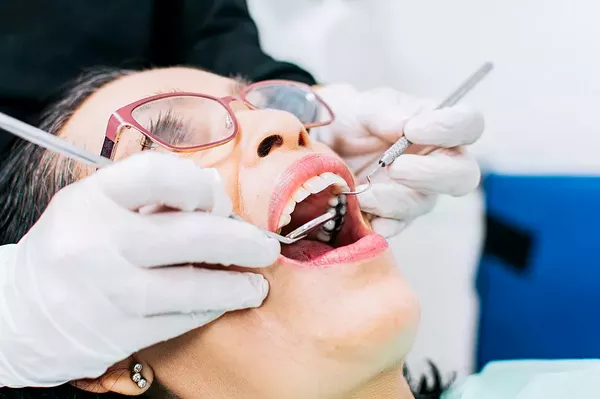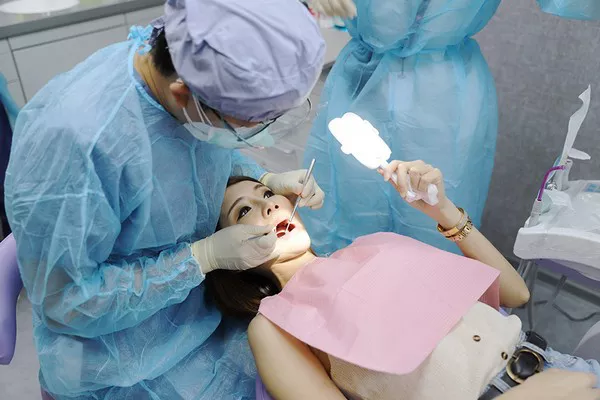What are the 3 Types of Teeth Cleaning Risks?
Maintaining good oral health is essential to prevent tooth decay, gum disease, and other oral health issues. Regular dental checkups and cleanings are necessary in maintaining good oral health. However, it is important to note that teeth cleaning procedures can also pose risks if not performed correctly or if you have certain underlying conditions that make you more susceptible to complications.
In this article, we will discuss the three types of teeth cleaning risks that you should be aware of before undergoing any dental procedure.
1.Damage to Tooth Enamel
Tooth enamel is the outermost layer of your teeth and serves as a protective barrier against harmful bacteria and acids that can cause tooth decay. During teeth cleaning procedures, it is possible for the dentist or hygienist to accidentally damage your tooth enamel. This can occur due to excessive pressure while scraping or polishing your teeth. If enamel damage occurs, it can lead to tooth sensitivity, discoloration, and even tooth decay.
To prevent enamel damage during teeth cleaning procedures, it is important to visit a qualified and experienced dentist or hygienist. They will use the appropriate tools and techniques to remove plaque and tartar buildup without damaging your enamel. Additionally, it is important to practice good oral hygiene at home by brushing twice a day with fluoride toothpaste and flossing regularly.
2.Irritation or Inflammation of Gum Tissue
Gum tissue surrounds and supports your teeth, and healthy gums are essential to maintaining good oral health. During teeth cleaning procedures, it is possible for the dentist or hygienist to accidentally irritate or inflame your gums. This can occur due to excessive pressure while scraping or polishing your teeth, or if you already have gum disease or sensitive gums.
If gum irritation or inflammation occurs, it can lead to bleeding, tenderness, and swelling of the gums. In severe cases, it can even lead to gum disease or tooth loss. To prevent gum irritation or inflammation during teeth cleaning procedures, it is important to visit a qualified and experienced dentist or hygienist. They will use the appropriate tools and techniques to remove plaque and tartar buildup without causing harm to your gums.
3.Infection
Teeth cleaning procedures can also pose a risk of infection if proper sterilization techniques are not followed. Bacteria and viruses can easily spread through contaminated dental instruments or surfaces, leading to infections in the mouth or other parts of the body.
To prevent infection during teeth cleaning procedures, it is important to visit a dentist or hygienist who follows strict infection control protocols. This includes using sterile instruments, wearing gloves and masks, and disinfecting all surfaces between patients. Additionally, if you have a weakened immune system or are at higher risk for infection, it may be necessary to take antibiotics before undergoing any dental procedure to prevent infection.
In conclusion,
while teeth cleaning procedures are generally safe and effective, they can still pose risks if not performed correctly or if you have certain underlying conditions. By being aware of the three types of teeth cleaning risks discussed in this article, you can take steps to ensure that you receive safe and effective dental care. Remember to visit a qualified and experienced dentist or hygienist, practice good oral hygiene at home, and follow infection control protocols to maintain good oral health and prevent complications.
Related Topics:



























